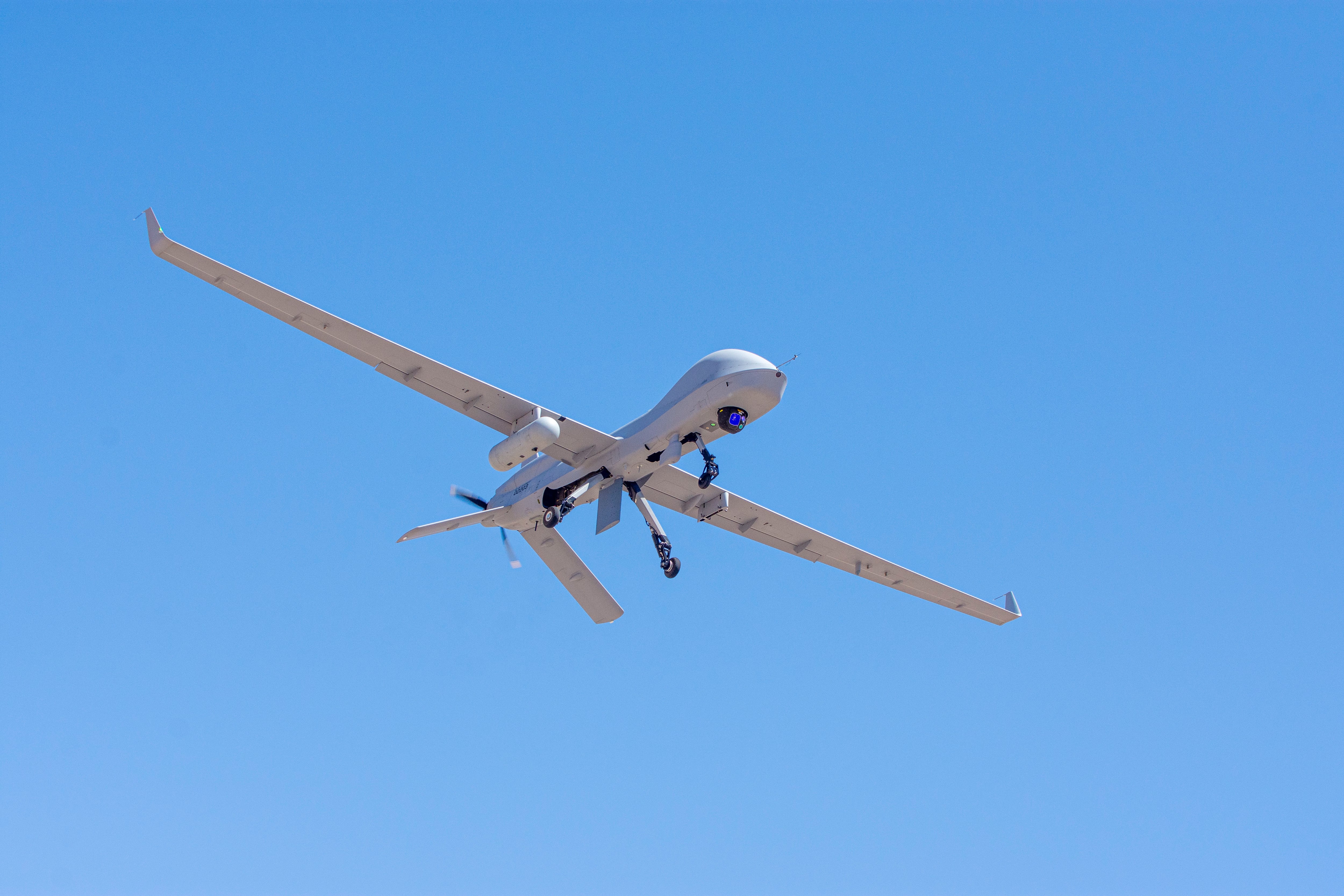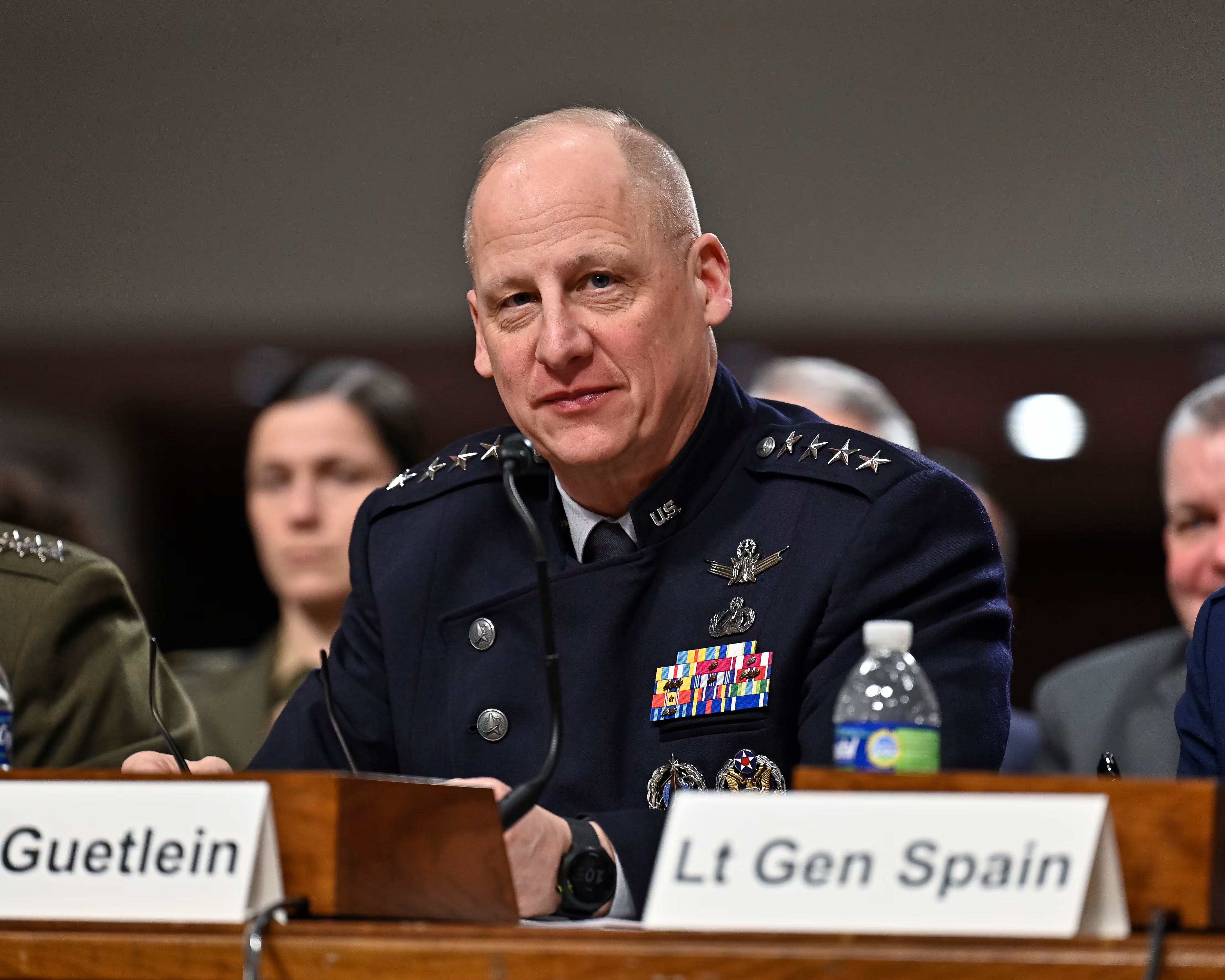NASHVILLE, Tenn. — The U.S. Army’s one-stop shop for all things intelligence and electronic warfare is in the preliminary stages of constructing a digital pipeline to more efficiently develop artificial intelligence and machine learning tools.
The undertaking, dubbed Project Linchpin, is a collaboration between the Program Executive Office for Intelligence, Electronic Warfare and Sensors, or PEO IEW&S, the Army Research Lab and Army Futures Command’s AI integration hub.
Through the project, officials intend to create the “infrastructure and environment” needed to deliver AI capabilities for use across the intertwined intelligence, cyber and electronic warfare spaces. The plan, documents show, is to soothe troubles often associated with AI optimization and distribution, such as incorporation of new data and extensive training regimens.
“I see it as a huge enabler across my entire portfolio in how we can deliver the future algorithms and how we can alleviate the cognitive burden that’s been discussed,” PEO IEW&S boss Mark Kitz said Dec. 8 at the Army’s Technical Exchange Meeting 9, a networks-and-communications industry event in Nashville, Tennessee.
The executive office conducted market research for the project at the conference this week. Additional engagements are planned throughout fiscal 2023. Of particular interest is input from industry regarding data holding, labeling, model training, verification and deployment, according to a request for information posted in late November.
RELATED

The U.S. Department of Defense has for years recognized the value of AI — both on and off the battlefield — and has subsequently invested billions in its advancement.
The cutting-edge technology can help vehicles navigate, predict when maintenance is required, assist identification and classification of targets, and aid analysts sifting through tides of incoming information. Integrating AI into weapons and networks not initially designed for it has been and will continue to be challenging, according to the Government Accountability Office, a federal watchdog, and building trust among troops will take time.
“This is really important,” Kitz said. “How do we deliver the algorithms or the software that’s going to ask questions of that data, that doesn’t overly burden the network, and delivers the answers to the questions that our analysts and soldiers are asking in a very meaningful way?”
More than 685 AI projects are underway at the Defense Department, with at least 230 traced back to the Army, the GAO said in February.
The software-centric technology is also a cornerstone of the service’s Project Convergence, a series of annual experiments designed to mature Joint All-Domain Command and Control, a Pentagon vision for a seamlessly linked military.
Colin Demarest was a reporter at C4ISRNET, where he covered military networks, cyber and IT. Colin had previously covered the Department of Energy and its National Nuclear Security Administration — namely Cold War cleanup and nuclear weapons development — for a daily newspaper in South Carolina. Colin is also an award-winning photographer.








